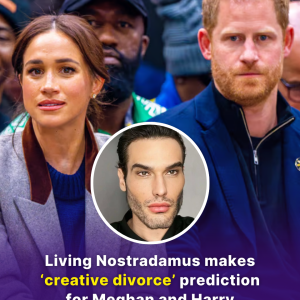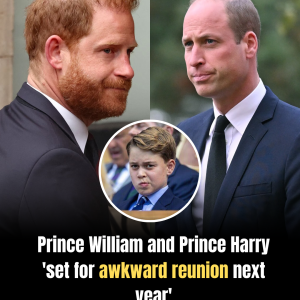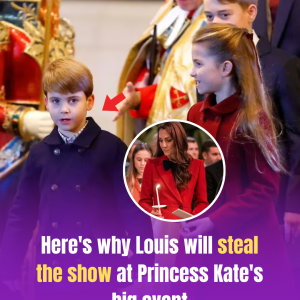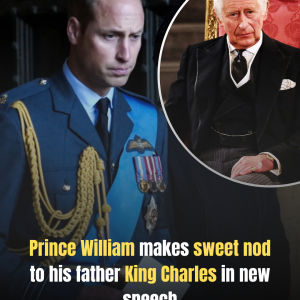
King Charles has been the subject of countless artistic tributes, but on July 8, he inspired a rather unexpected creator—a humanoid robot.
At the United Nations’ AI for Good Summit in Geneva, Ai-Da, a hyper-realistic robot artist, unveiled a vivid portrait of the monarch. The work, crafted entirely without human touch, spread quickly online.
While some royal enthusiasts admired the haunting quality, others called it “creepy” and devoid of soul. There were also concerns that AI could threaten the talent and effort of human artists.

The Algorithm King
Ai-Da’s oil painting, titled The Algorithm King, commemorates Charles’s first official year as monarch. Splashes of blue, green, white, and crimson ripple across the canvas, intersected by electric lines and squiggles that give a sense of flickering movement.
As GB News reported, the robot produced the portrait using cameras in her eyes and complex AI algorithms, while her robotic arm applied the oil paint. Her arms can be switched out depending on the type of art required.
Ai-Da previously painted Queen Elizabeth II for her Platinum Jubilee in 2022, and now both royal portraits—of mother and son—are displayed together. Neither the late Queen nor King Charles posed for their paintings; instead, Ai-Da relied on photographs to create them.

Mixed Reactions from the Public
Once Ai-Da’s eccentric depiction of the King appeared on Instagram, the feedback was swift and divided. “Robots should do the hard labor jobs, leave the art for humans,” one royal fan commented.
Another agreed: “AI should have nothing to do with art.” A critic bluntly added, “Paintings look lifeless just like the artist.” Some found it unsettling, with one person writing, “It’s a bit creepy. And what a waste of energy for the environment, too.”
Many also voiced broader fears about AI replacing human creativity—and the jobs that come with it. “And how exactly did the humanoid get the inspiration?
By copying all the human work and reshuffling it to make it look as if it’s based on one’s own experiences?” one asked. Another noted, “Humans express themselves through art because we suffer. That’s why we can empathize with artists when we look at their work. Robots don’t have souls; they cannot express human feelings.”
Still, some welcomed the innovation, with one netizen arguing, “This is exactly the kind of innovation that inspires us in the tech space.”

The King’s Human-Created Portraits Also Spark Debate
Although Charles has sat for several official portraits by human artists, those too have stirred controversy.
According to InStyle, the first official portrait since his coronation—painted by Jonathan Yeo and unveiled on May 14, 2024—prompted criticism from royal fans. Many felt the dominant red tones and forceful brushstrokes made both the King and the monarchy resemble a “disembodied specter of death.”
More recently, on May 6 this year, artist Peter Kuhfeld completed the King’s Coronation State Portrait, depicting him in his coronation robes.
Now part of the Royal Collection at Buckingham Palace’s Throne Room, the painting also drew backlash. Art historian Dr. Bendor Grosvenor observed, “The King turns away from us, looks into the distance, and begins to fall into shadow.”



